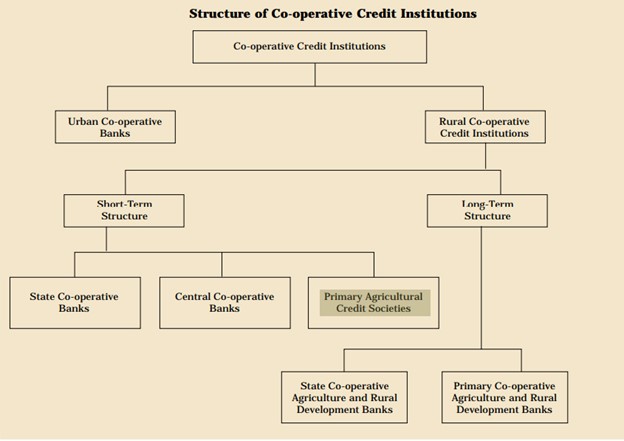Haryana
Haryana Budget 2024-25
- 26 Feb 2024
- 3 min read
Why in News?
Recently, Chief Minister of Haryana Manohar Lal Khattar unveiled the budget for the financial year 2024-25, setting aside Rs 1.89 lakh crore, an increase of over 11% from 2023-24.
Key Points
- Key highlights of the budget 2024-25:
- The budget of Rs. 1,89,876.61 crore is presented for the year 2024-25, with no new taxes proposed.
- This includes Rs. 1,34,456.36 crore as revenue expenditure and Rs. 55,420.25 crore as capital expenditure, accounting for 70.81% and 29.19% of the total budget respectively.
- During the period 2014-15 to 2023-24, Haryana's Gross State Domestic Product (GSDP), at constant prices (2011-12 prices ), has recorded a compound annual growth rate of 6.1% from Rs. 3,70,535 crore in 2014-15 to Rs. 6,34,027 crore in 2023-24.
- In 2023-24, the share of the tertiary sector in Gross State Value Added (GSVA) is estimated at 52.6% and 18.1% in the primary sector. The primary, secondary, and tertiary sectors have recorded growth of 8.6 percent, 6.3%, and 13.8% in 2023-24.
- The share of the secondary sector has been estimated at 29.3%.
- The turnover of State Public Enterprises (PSE) in 2022-23 was estimated at Rs. 79,907 crore, indicating an increase of 11.94%.
- The CM also announced that the interest and penalty will be waived on crop loans taken by farmers from Primary Agriculture Credit Societies (PACS).
Gross State Domestic Product (GSDP)
- It is a measure in monetary terms, the sum total volume of all finished goods and services produced during a given period of time, usually a year, within the geographical boundaries of the State, accounted without duplication.
- These estimates of the economy, over a period of time, reveal the extent and direction of the changes in the levels of economic development.
- It is classified under three broad sectors such as Primary sector, Secondary sector and Tertiary sector and is compiled economic activity wise as per the methodology prescribed by the National Accounts Division, National Statistical Office, Ministry of Statistics & Programme Implementation.
Primary Agricultural Credit Societies (PACS)
- PACS are village level cooperative credit societies that serve as the last link in a three-tier cooperative credit structure headed by the State Cooperative Banks (SCB) at the state level.
- Credit from the SCBs is transferred to the District Central Cooperative Banks (DCCBs), which operate at the district level. The DCCBs work with PACS, which deal directly with farmers.
- PACSs provide short-term, and medium-term agricultural loans to the farmers for the various agricultural and farming activities.
- The first PACS was formed in 1904.





